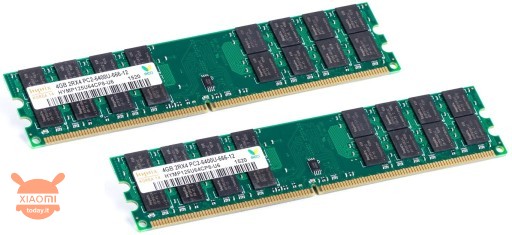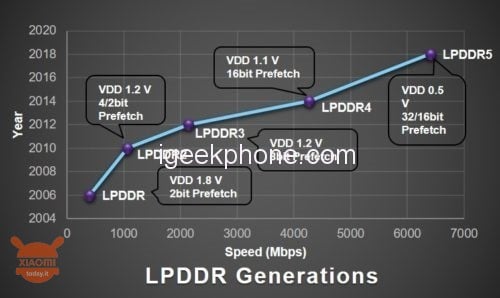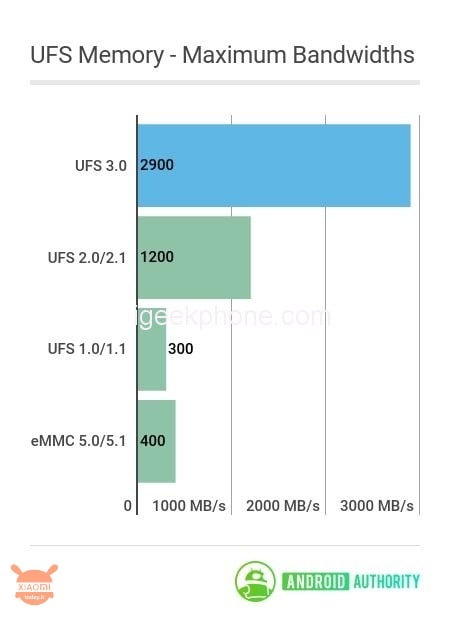
Memory technologies they change and accelerate constantly. Although it does not look like a phone and to a GPU, memory is the key to fast smartphone operation. Performance has improved significantly after initial memory development.
By now you are always looking for better photography, better gameplay, machine learning and everything needs a lot of memory and better permeability. The new storage technologies have now arrived and are about memory LPDDR5 RAM or UFS 3.0. These are the standards that must be faster than others.
LPDDR5 RAM
We are still waiting for the final specifications, but L, like previous types of memory, is set to increase throughput and improve energy consumption. LPDDR5 is expected to have a throughput of 6400 Mbps, which is 100% more than LPDDR4 a 3200 Mbps. Tuttavia, L has also achieved a throughput of 4266 Mbps.
LPDDR5 has several clocks and this time uses WCKs similar to the faster GDDRP5 graphics memory. However, LPDDR 5 also confirms the cleaning and writing capabilities of ECC, which subsequently allow the recovery of data even in case of errors.
L moreover, it also focuses on the use of energy, which translates into lower operating tensions. There is a deep sleep mode that reduces the use of electricity up to 40%. The LPDDR5 should start production in the second half of 2018 and will be available in the phones in the 2019, so most likely the new top of the range will be equipped with this new technology.
UFS 3.0
Fast storage is as important as the RAM fast, assuming you want to read and archive videos AR (augmented reality) o VR (high quality virtual reality). UFS quickly replaces the eMMC memory, which was the standard in modern smartphones. JDEC has just released the official specification UFS 3.0.
The speed is twice as high as UFS 2.0, which we find on high-end smartphones. Each part can manage a data rate up to 11,6 Gbps, from 5,8 Gbps to UFS 2.0. The data transfer rate was 23,2 Gbps. However, the actual speed will be slightly lower than the theoretical maximum. Fortunately, all devices compatible with UFS 3.0 need support for HS-G4 (11,6 Gbps) and GS-G3 (5,8 Gbps), making it significantly faster than any UFS 2.0.
The new standard UFS 3.0 It is designed for high capacity storage. Like LPDDR5, Samsung it will also be the first to offer this UFS 3.0 storage technology. The automotive industry has already started implementation, but in the 2019 will also come inegli smartphones.










